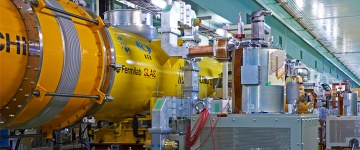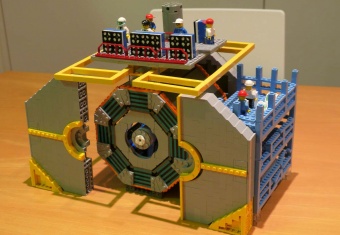Image of the week
Toy modelAnother toy for particle physicists to play with: BELLE-II-detector model made of… LEGO! This work of University of Tokyo students is exhibited in Tokyo till 25 March, at the exhibition hall of the MEXT, KEK’s funding agency. |
In the News
-
From Hamburger Abendblatt9 February 2011…Universität und Desy bündeln im neuen Projekt PIER ihre Kompetenzen in der Physik. Auch Entwicklung der Medizintechnik wird davon profitieren.
-
From Russia and India Report8 February 2011Russia is returning to the big leagues of science by becoming a full-fledged participant in major international projects. One of them, [FAIR], is headed by Boris Sharkov, a Russian physicist.
-
From Scientific American7 February 2011After all, if the Higgs proves to be near the lower end of its range of possible masses, as experiments indicate is likely, the Tevatron would have had a good shot at finding it—and maybe even beating the LHC to the punch.
-
From The Washington Post7 February 2011IceCube is something different, an observatory built entirely beneath the ice. Along each of the 86 cables are strung 60 three-foot spherical detectors (…). These glass-covered orbs are designed to find evidence of neutrinos.
-
From datacenterdynamics.com3 February 2011Using technology enabled by Ciena’s ActivFlex 6500 Packet-Optical Platform, the trial successfully transmitted data over a network connecting the European Organization for Nuclear Research (CERN) in Geneva and the IN2P3 Computing Center in Lyon, France.
Copyright © 2026 ILC International Development Team




